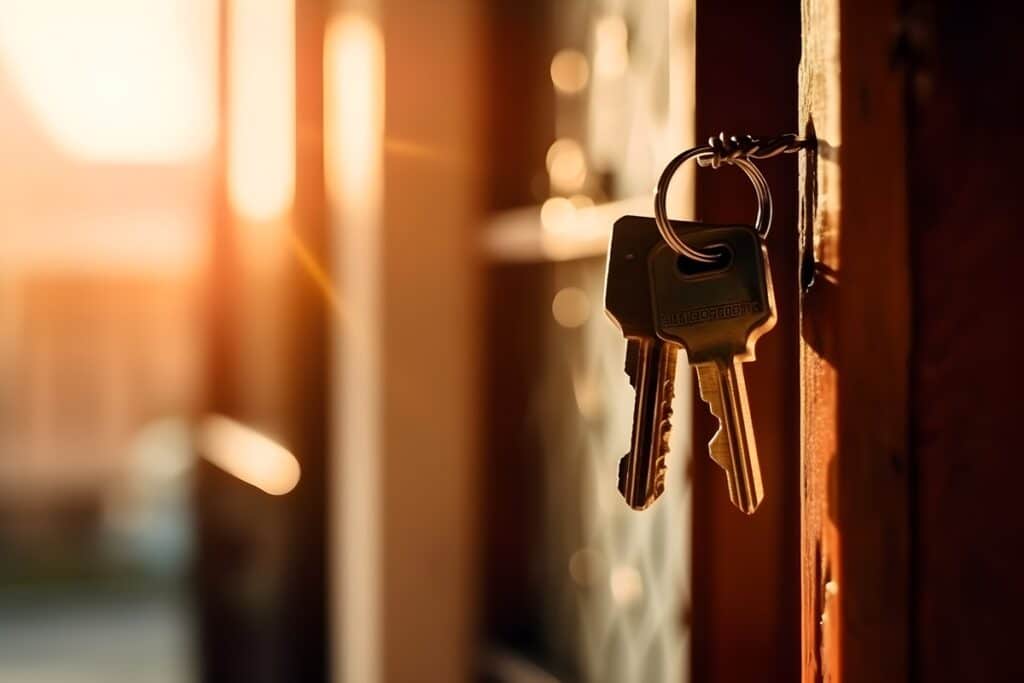Childhood is a mere memory for many, but the nostalgia of one’s childhood home carries over into adulthood, according to a new Zillow study. Today, an estimated 44% of adults would purchase their childhood home if they could afford. However, only half of all Americans said they could afford to buy their childhood home at today’s prices.
“It appears younger generations aren’t just nostalgic for low-rise jeans and Barbie, but for a simpler time in their lives when home was a place of comfort and safety,” said Manny Garcia, a Senior Population Scientist at Zillow who conducted this research. “They may associate positive memories with their childhood home, having lived there without the burdens of rent, mortgage payments, maintenance, insurance or other housing hurdles. Today, a comparable home can feel out of reach, especially for younger adults who aspire to buy, but face steep affordability challenges.”
Children from the 1980s and 1990s are the most likely to say they would buy their childhood house today—62% and 55%, respectively. Nonetheless, nearly half of those born in the ’80s (47%) and nearly two-thirds of those born in the ’90s (62%) believe they couldn’t afford it today.
Those would-be homebuyers now require a six-figure income to afford the average home in the U.S. Younger generations may long for the housing market of their childhood, when prices were lower, but their parents most certainly encountered similar, if not worse, affordability issues in the early 1980s. Mortgage rates rose above 18% in 1981, bringing the average monthly mortgage payment to 55% of the national median income at the time. Today, a new mover’s mortgage load is approximately 40% of their typical income, which is still considerably above the 30% affordability criteria.
Per the report, homebuyers now have easier access to affordable resources. Zillow’s for-sale listings show down payment assistance programs for which buyers may be eligible. They can use internet affordability calculators to determine how much they can comfortably spend on a home, and then look for properties based on monthly payment rather than purchase price.
While many people want to buy their childhood home now, they most likely had a quite different ideal home as children. The majority of adults indicate that as children, their dream home contained a pool (77%) and/or a home theater (73%). Today, 72% of adults would still have a pool and 76% would add a home theater in their current dream home.
A vast majority of adults today desire a home with air conditioning (89%), a walk-in closet (89%), and a laundry room (85%). However, that inner child lives within a considerable number of adults, who still want a bowling alley (43%), a frozen yogurt or soft serve machine (34%), and a soda vending machine (24%) in their present-day dream home.
However, not all generations grew up wanting the same dream home features. Elevators exhibit the greatest generational divide: Some 58% of those born in the 1990s said their childhood self dreamed of having a lift in their home, compared to only 21% of those born in the 1950s and earlier. There is a nearly identical 35-point difference between Jacuzzis and hot tubs. In contrast, 38% of young adults born in the 1950s and earlier dreamed of growing up in a home with a white picket fence, whereas only 21% of those born in the 1990s do.
While the Zillow survey finds 98% of adults still pine for at least one feature of their childhood dream home, the path to homeownership remains a difficult for many. Whether it’s home prices, mortgage rates, or credit scores, many Americans—no matter the generation—will continue to find themselves being confronted with hurdles to achieve the American Dream.
To read the full report, including more data and methodology, click here.





